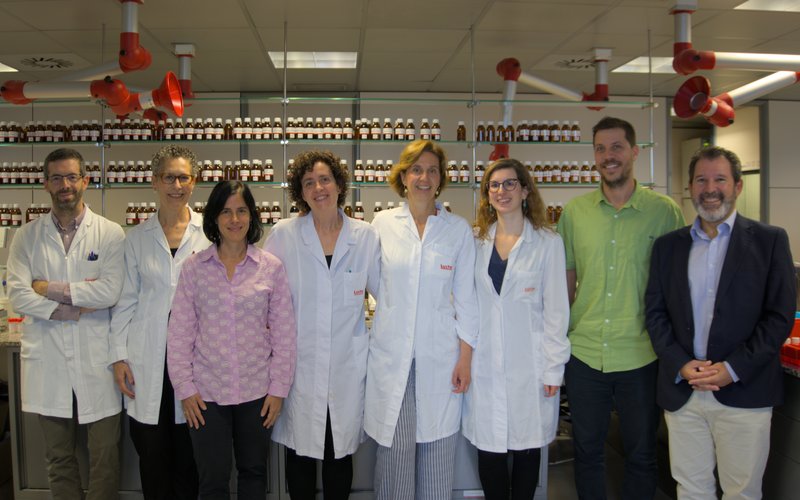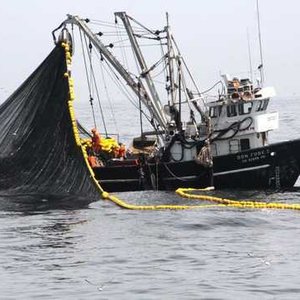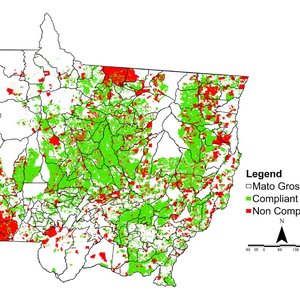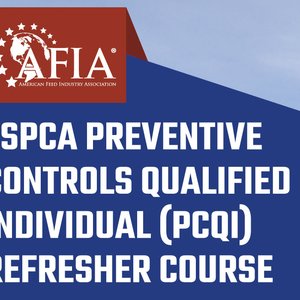Sponsored by Lucta
Lucta is a family-owned company founded in 1949 in Barcelona, Spain. Originally established to create flavors and fragances, the company expanded into the animal feed additive market in 1966, focusing on livestock applications. Today, Lucta operates in three business areas: Fragrances, Flavors and Feed Additives. While distinct, these divisions benefit from synergies that enhance innovation across all sectors.
In the Feed Additives business, Lucta has been a market leader in palatability solutions, particularly in the swine industry. The company is known for developing specialized palatants, such as those that replicate the mother’s scent, helping young animals transition during the weaning process.
Lucta is a global group of companies headquartered in Spain, serving key markets in the Americas and Asia, including Mexico, Colombia, Brazil, the US, Poland, China, India, the UK and a recently opened office in Thailand to support the Southeast Asian market.
Leap to aquaculture
The leap into the aquaculture industry happened as part of the company’s strategic plan for rapid expansion and growth, encompassing new product lines (beyond palatability) as well as new market sectors. But even previous to this planned move and strategic investment, "as some of Lucta’s livestock customers began expanding into the aquaculture industry and started encountering palatability challenges related to the replacement of raw materials due to quality or availability problems, the market came to us seeking solutions " explained Xavier Naval, Feed Additives Director for Europe at Lucta.
One of the first Lucta’s projects involved replacing capelin, from a sensory point of view, in aquafeeds for eels. While capelin is not nutritionally critical, it is important for palatability and attractiveness in this species. When the supply of raw materials was low, producers struggled. "We characterized capelin meal by identifying its volatile and non-volatile (taste-active) compounds and developed palatants to substitute this key ingredient during times of scarcity, allowing farmers to maintain performance," Naval explained.
Lucta’s initial focus in aquaculture centered on its core area of palatability. The company began by adapting its relevant concepts from livestock to aquaculture species, being mindful that fish and shrimp are quite different from terrestrial species. While the sensory biology is similar in all vertebrates, including fish and terrestrial animals, water presents unique challenges. Additionally, the diversity of aquaculture species and their specificity in terms of preferences adds another layer of complexity.
"When we started, there was limited technical and biological information available about palatability, but more empirical knowledge existed within Lucta, especially in China," said Sofia Morais, Innovation Aqua Team Leader at Lucta. "We have a factory in China and an innovation department who already had years of empirical experience. Lucta invested significant resources in this initial phase to translate that into technical knowledge and generate new insights."
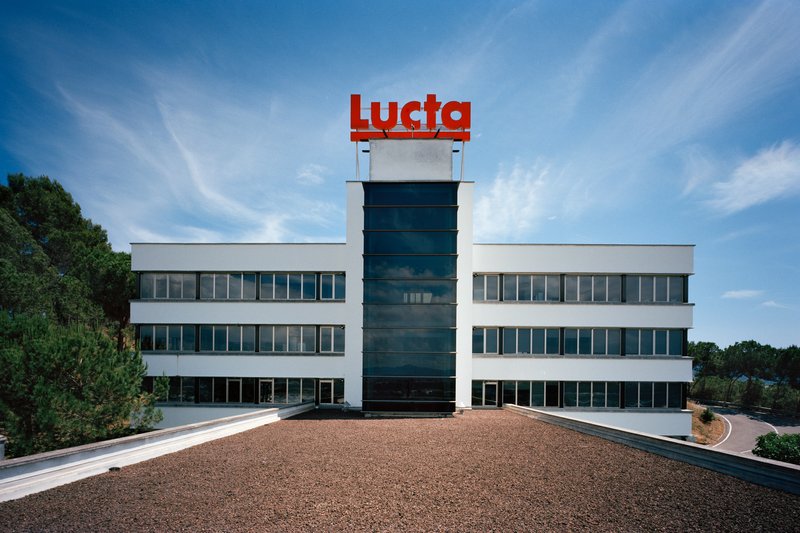
Lucta headquarters in Spain. Credits: Lucta
Aromas
Lucta’s main specialty, and a unique offering in the aquaculture market, is the development of aromas that mimic the odor of natural raw materials. In the aquaculture market, the most requested aromas are those mimicking marine ingredients, such as fish or squid meal. They help modulate and standardize the sensory profile of aquafeeds, which is particularly important when feeds contain lower levels of marine ingredients or from different sources. This is especially crucial in times of market volatility, when feed mills may diversify their suppliers or ingredients. Aromas also help mask off-notes in complete feeds or premixes.
This application is important in many regions, particularly in Asia, where many farmers still believe that high-quality aquafeeds must contain substantial levels of marine-based ingredients. As a result, the sensory profile of the feed plays a significant role in their purchasing decisions.
"With today's least-cost formulation, the color and aroma of aquafeeds have changed, and farmers notice this difference and may avoid using these feeds. That’s where our product fits in the market. It can be used in very small amounts compared to other palatants like krill meal and marine hydrolysates, leaving more room in the formula for other necessary ingredients," said Thiago Raggi, Aqua Innovation Manager at Lucta.
“One of the most common palatants in China is squid paste, but it has several issues like heavy metal accumulation, quality fluctuations, and it’s difficult to work with. We’re working on customizing and replicating this ingredient’s sensory profile,” added Morais.
Another application involves standardizing fishmeal quality, which fluctuates depending on market availability. "Customers want a consistent baseline to standardize their feeds, and that can be achieved with our aromas," Morais explained.
The line of species-specific palatability enhancers is liquid and applied after extrusion through coating along with the oil.
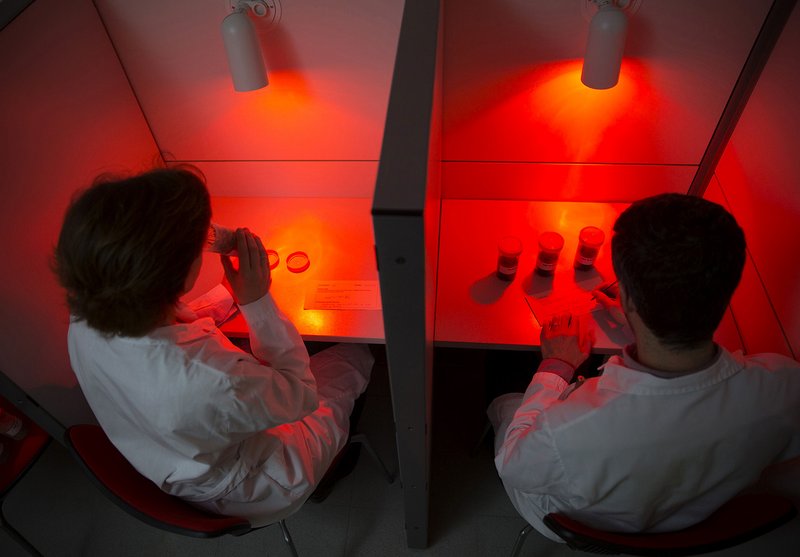
Lucta's sensorial evaluation room. Credits: Lucta
Functional palatants
Another, less well-known use of certain palatability enhancers is their ability to activate taste receptors throughout the gastrointestinal tract of fish. This triggers a cascade of post-ingestive mechanisms that regulate satiety, digestion, nutrient absorption, and metabolism—what’s commonly referred to as “gut sensing.”
“We call them functional palatability enhancers because they have multiple effects that coordinate the physiological response to diet composition, leading to more efficient digestion and improved animal performance. Lucta has pioneered this concept for over 20 years in animal nutrition, particularly with piglets, and is now leading efforts to apply this knowledge to fish species,” Morais said.
In piglet weaning, these palatants help increase feed intake, aiding the piglet’s immature digestive system by activating intestinal transit and mechanisms enabling better digestion and reducing issues like diarrhea. These mechanisms are well conserved in fish, as demonstrated in Lucta’s research in several species so far, including rainbow trout, gilthead seabream, largemouth bass, or yellow catfish.
These functional palatants come in dry powder or liquid form and can be added during extrusion. They contain water-soluble compounds that allow for quick activation of taste receptors at the mouth and gastrointestinal level in fish. In shrimp, similar compounds are highly attractive and increase feed palatability, while also promoting functional effects through different mechanisms than in fish. They hold great potential in tropical and Asian species that are less domesticated and highly reliant on marine ingredients, such as snakehead, large yellow croaker or mandarin fish, for instance. In more mature European markets and species, including gilthead seabream, European seabass, Atlantic salmon or rainbow trout, their applications are more geared toward stress conditions that challenge feed intake.
Functional additives
The company is also developing a range of functional additives (phytogenics) taking advantage of their access to high quality raw materials used for food flavors and fragrances. The demand for these natural products has increased recently, especially in Europe, but it has its own challenges such as the sourcing of certified and reliable raw materials in a sector where fraud is not uncommon. However, Lucta's expertise in food flavor production, where traceability and safety are essential, allows the company to apply rigorous sourcing, traceability, and analytical control to raw materials across divisions.
Lucta already offers a spicy formulation that improves fat use in diets with low fish oil inclusion and/or high inclusion of saturated oils in different marine cold-water species, including salmonids and gilthead seabream, and wants to test it in warm-water species next. “We are developing products aimed at improving the use of cost-effective and sustainable feeds by mitigating some of their known negative impacts. For example, we are researching the potential of various bioactives to modulate the digestive physiology and metabolism of fish species, addressing the negative effects of low omega-3 fatty acids or high carbohydrate levels in their diets,” explained Morais.
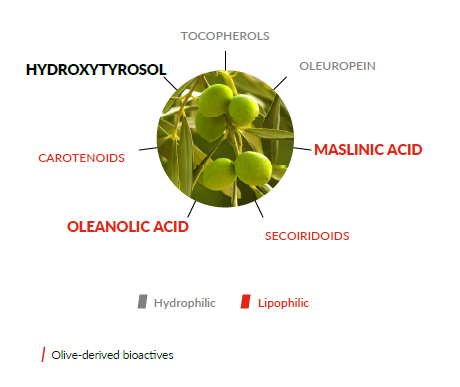
One of the company’s new key projects involves olive byproducts. Based in Spain, which produces more than 30% of the world’s olive oil, Lucta benefits from access to abundant raw materials and the ability to control processing and standardize quality. The company has already developed products based on olive extracts for the swine and poultry industry and is now working on similar products for aquaculture. Preliminary results show promise in improving diets that use lower-quality raw materials and in enhancing immunoprotection and overall robustness in fish. “We are working to address challenges in all aquaculture markets, across the whole geographical and species range, from herbivore/omnivore species including carps and tilapia, to carnivores like European seabass or largemouth bass, to give just a few examples”, Morais said.
“We are focusing on olive bioactive compounds and combining them with other active ingredients to tackle the challenge of improving farmed animal productivity and welfare. Our goal is to increase their resilience to stress, boost immune competence, and reduce oxidative and metabolic stress,” Morais added.
Lucta has also a complete portfolio of technological additives, including natural antioxidants and feed preservatives.
Strong capabilities and know-how
Lucta's product development capabilities are rooted in its deep technical expertise, advanced analytical resources, and strong collaborative innovation processes.
Designing an aroma is a complex process that begins with a thorough analytical study of its volatile compounds, combined with the unique expertise of highly trained flavorists essential for recreating its profile. This process is further supported by specialists who evaluate aroma interactions and stability across various feed matrices and applications.
As a chemical company, aromas, functional palatants, and other feed additives are meticulously validated and customized for specific applications to ensure high-quality products. "The strength of Lucta is the technical basis at all levels: scientific and technological approach, the rigor with which we validate the products and all quality control," according to Morais. This extends to ensuring that feed additives designed for livestock are not merely translated into aquaculture species. Lucta avoids a one-size-fits-all approach, instead tailoring each product to the specific requirements of the aquaculture industry.
With innovation departments in Spain and China, Lucta develops its research activities by working closely with design and application departments, regulatory and analytical technical teams to ensure that products meet precise specifications. Additionally, its labs at the Autonomous University of Barcelona boast unique analytical capacities, unrivaled in the industry.

Lucta's feed additive production facility in Spain. Credits: Lucta
Lucta produces its own extracts and functional products, controlling the entire process from raw material sourcing to the final products. This vertical integration allows the company to standardize production, ensuring that its products remain consistent over time. Feed additive production facilities are designed with particular care given the versatility needed to manufacture a wide range of products. These facilities can handle different batches without cross-contamination, especially crucial for delicate components like aromas.
Quality control is another key step that involves both sensorial analysis—where trained experts evaluate aroma profiles—and physicochemical analysis using chromatography and other advanced methods. Any discrepancies from standard profiles are swiftly traced and corrected, thanks to the company's in-depth process knowledge.
Markets and future prospects
Asia is a key growth market for Lucta’s feed business. The company operates a manufacturing facility in China and plans to open another in Thailand in the short term. There are also plans to expand to Vietnam and South Korea. Other significant markets are Latin America, with production sites in Colombia and Mexico, and Europe.
Lucta, celebrating its 75th anniversary in 2024, remains youthful and ambitious. “We want to continue achieving sustained growth in the three markets we operate in. We’re planning investments in new production facilities, with the largest investments going to Spain. Three new factories are planned in Spain—one for the new high tech and ingredients production plant in Tortosa, which is expected to start production in 3 to 4 years. This will increase our production capacity and supply all our subsidiaries with higher-value products using state-of-the-art technology. These investments will help us scale up to meet our growth," said Naval.
Dedicated to enhancing animal performance and welfare, Lucta goes beyond palatability by creating solutions for animal care. “Lucta has a leader's mindset. We excel in various areas, and in those areas, we are the experts and top producers. In animal feed markets like swine and cattle, we are already leaders in palatability, and we aim to extend that leadership to aquaculture. We have the best innovation team, top analytical capabilities, and all the necessary expertise. Our goal is to become the leaders in aquaculture as well,” Naval concluded.


